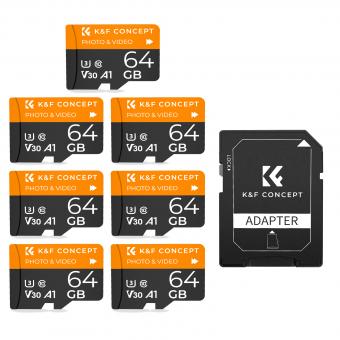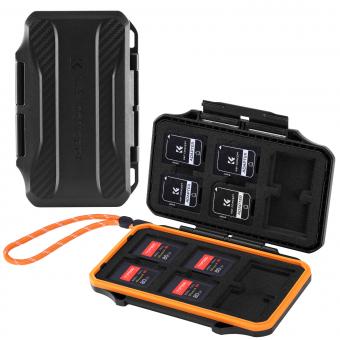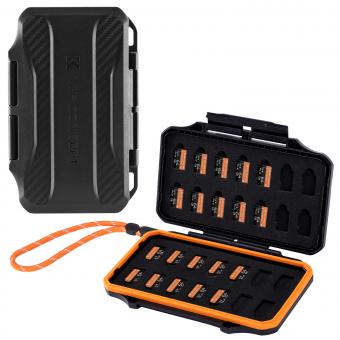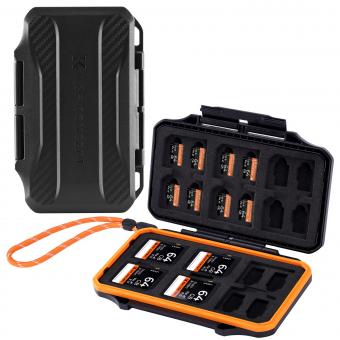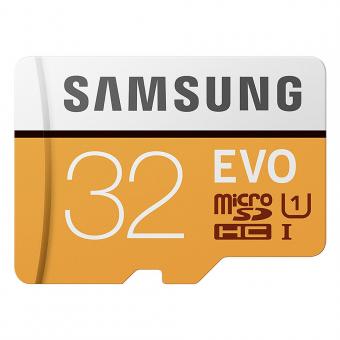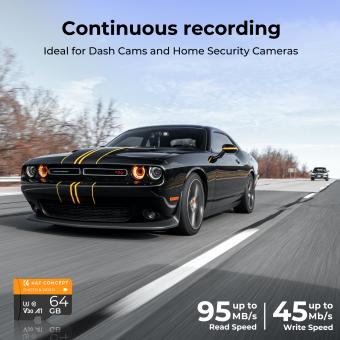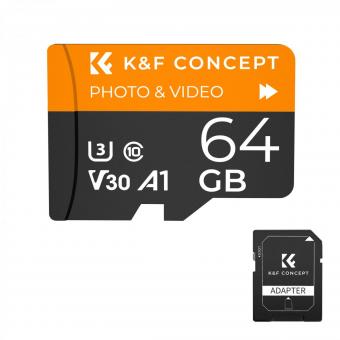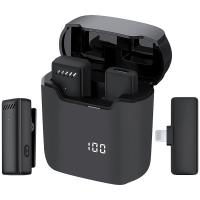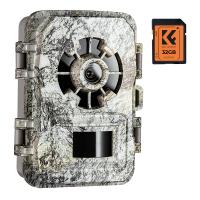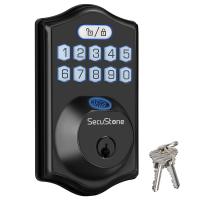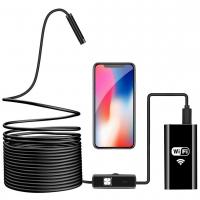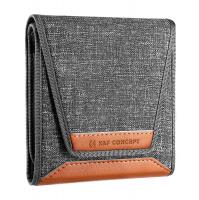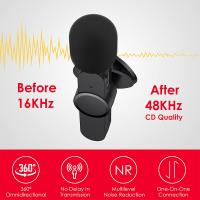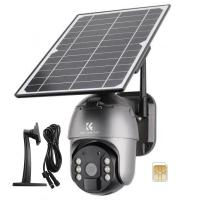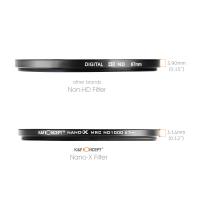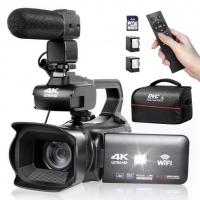How Big Of Sd Card For Nintendo Switch?
The Nintendo Switch has revolutionized the way we play video games, offering a seamless transition between a home console and a portable handheld device. One of the key aspects that contribute to the overall gaming experience on the Switch is storage. As the library of downloadable content (DLC), indie games, and digital titles expands, so does the need for ample storage. This brings us to a common question among Switch users: "How big of an SD card do I need for my Nintendo Switch?"
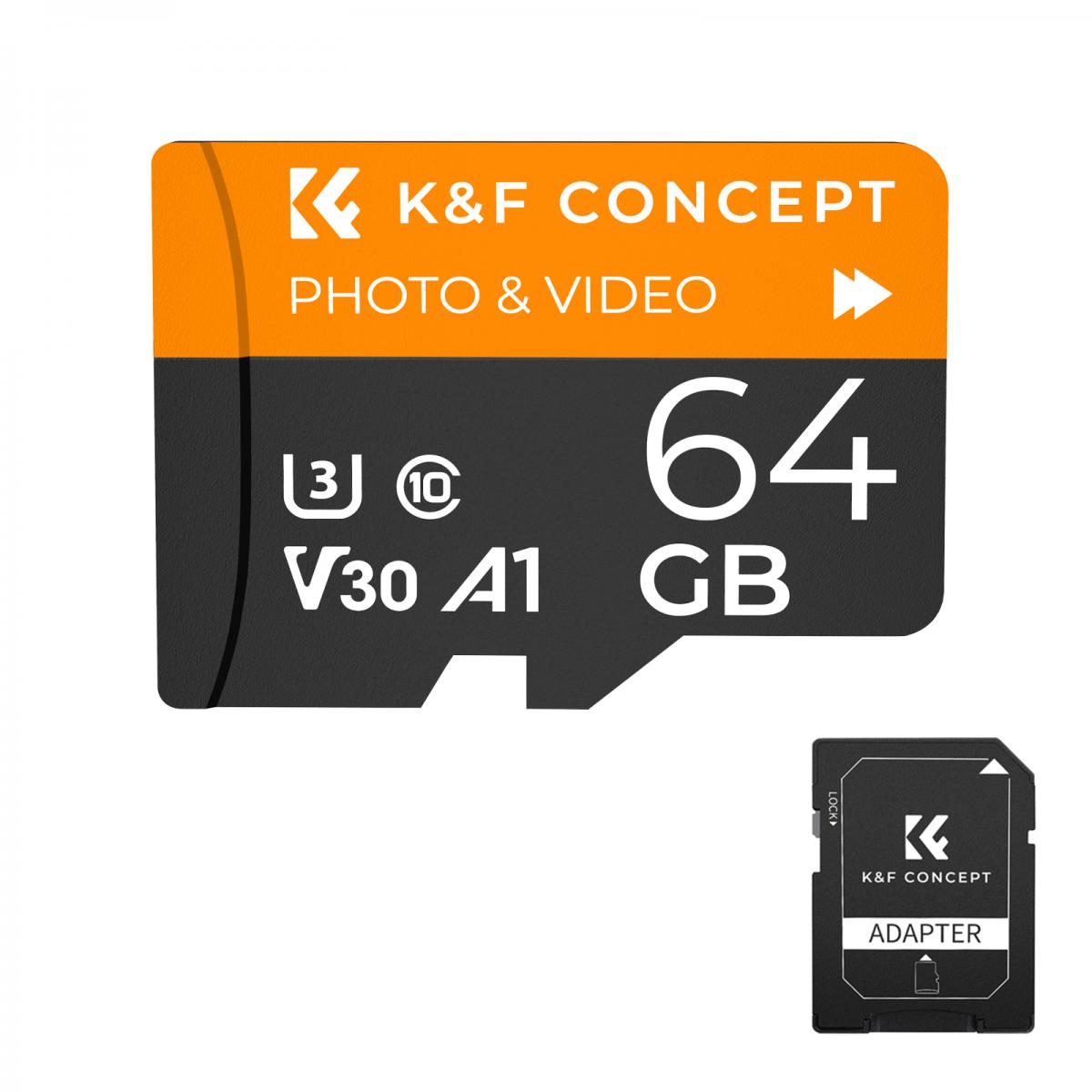
In this guide, we’ll delve into various aspects of storage needs, considering different user intentions and demands. By the end, you should have a clearer understanding of what size SD card will best suit your needs.
Understanding Your Storage Needs
Before diving into specific size recommendations, it's essential to understand how storage works on the Nintendo Switch. The console comes with an internal storage capacity of 32GB. However, a portion of this is used by the system itself, leaving around 25GB available for user downloads and saved data.
Given that many modern games require significantly more storage space—some exceeding 10GB—it becomes evident that the built-in storage won't suffice for avid gamers or those planning on downloading several games and their associated updates.
User Profiles and Their Storage Demands
Let’s categorize the various types of Nintendo Switch users and understand their specific storage needs:
1. Casual Gamers
2. Digital-only Gamers
3. Multiplayer and Online Gamers
4. Hardcore Gamers and Collectors
1. Casual Gamers
Usage: These users typically purchase a few physical game cartridges and perhaps download an occasional game or two. They don’t heavily invest in expansive game libraries or massive updates.
Recommended SD Card Size: 64GB to 128GB
Explanation: For casual gamers, a 64GB to 128GB SD card is generally sufficient. This allows for moderate digital game storage, some DLC, and additional saved data without running into space constraints too often.
2. Digital-only Gamers
Usage: These users prefer the convenience of having their entire game library available at all times, so they mainly download their games instead of purchasing physical copies. They tend to have a large library of titles.
Recommended SD Card Size: 256GB to 512GB
Explanation: Digital-only gamers will benefit from a 256GB or larger SD card. This provides ample space for a healthy library of games as well as their updates and DLCs. As the eShop regularly offers sales and digital downloads continue to increase in popularity, having a larger card ensures you won’t constantly be managing and deleting games to free up space.
3. Multiplayer and Online Gamers
Usage: These gamers partake in various multiplayer and online games, often requiring frequent updates and patches. Games such as "Fortnite," "Apex Legends," and "Splatoon 2" are common in their libraries.
Recommended SD Card Size: 128GB to 256GB
Explanation: Multiplayer and online gamers should consider getting an SD card of at least 128GB. The frequent updates and patches that multiplayer games receive can quickly eat up your storage, so having a larger capacity ensures a smoother gaming experience.
4. Hardcore Gamers and Collectors
Usage: They are at the forefront, downloading massive AAA titles, various indie games, multiple updates, and significant amounts of DLC. These users aim to have the largest game library possible.
Recommended SD Card Size: 512GB and above
Explanation: For the hardcore gamers and collectors, more is always better. A 512GB card or even 1TB would be ideal, providing extensive storage for a vast library of games, updates, and downloadable content without the need to juggle space constantly.
Practical Considerations When Choosing an SD Card
Speed Class
When selecting an SD card, it’s not just about the size but also the speed. The Nintendo Switch supports UHS-I (Ultra High Speed Phase I) cards, which have a maximum transfer speed of up to 104MB/s.
Recommended Speed Class: Look for SD cards marked with Class 10, U1, or U3 speeds—these will offer fast read and write speeds, ensuring quick game load times and smoother performance.
Budget and Brand
SD card prices can vary significantly based on storage size and brand. It’s often tempting to opt for the cheapest card available, but investing in a reliable brand like SanDisk, Samsung, or Kingston can save you from potential issues like data corruption or slower-than-advertised speeds.
Future-proofing Your Purchase
The Nintendo Switch continues to thrive, with a continuous influx of new games and updates on the horizon. Therefore, it’s advisable to future-proof your storage solution. While a 128GB card might be enough today, a 256GB or 512GB card ensures that you won't need to upgrade again soon as the game library expands.
How to Install Your SD Card on the Nintendo Switch
1. Turn off your Nintendo Switch.
2. Open the kickstand on the back of the console.
3. Insert the microSD card into the slot following the correct orientation.
4. Close the kickstand and turn the console back on.
The SD card will be automatically recognized, and your system will prompt you to transfer existing data if necessary.
Choosing the right SD card for your Nintendo Switch entails a balance between your gaming habits, future needs, budget, and reliability of the brand. A 64GB to 128GB card might suffice for casual gamers, while digital-only and multiplayer gamers might be better off with 256GB. For hardcore gamers and collectors, 512GB or more is the smarter choice. Prioritizing a high-speed, reliable brand ensures that your gaming experience remains top-notch.
By understanding your specific storage needs and investing wisely, you can significantly enhance your gaming experience on the Nintendo Switch, ensuring that you're always ready for the next download, update, or new game release.







